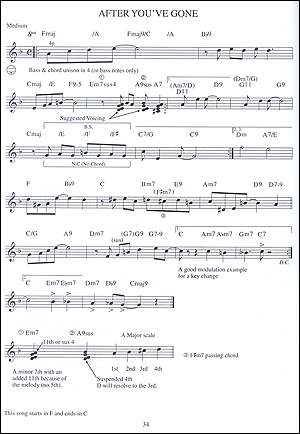


For example, piano accordions may have as few as 8 bass buttons (two rows of four notes), or up to 120 (six rows of twenty notes) or beyond. Accordions vary not only in their dimensions and weight, but also in number of buttons or keys present in the right- and left-hand manuals.

Īccordion size is not standardized, and may vary significantly from model to model. Chromatic button accordions also tend to be unisonoric, while diatonic button accordions tend to be bisonoric, though notable exceptions exist. Īccordions may be either bisonoric, producing different pitches depending on the direction of bellows movement, or unisonoric, producing the same pitch in both directions. Button accordions are furthermore differentiated by their usage of a chromatic or diatonic buttonboard for the right-hand manual. Piano accordions use a piano-style musical keyboard, while button accordions use a buttonboard. The most obvious difference between accordions is their right-hand manuals. What may be easy to do with one type of accordion could be technically challenging or impossible with another, and proficiency with one layout may not translate to another. Īccordions have many configurations and types. These names refer to the type of accordion patented by Cyrill Demian, which concerned "automatically coupled chords on the bass side". Today, native versions of the name accordion are more common. The oldest name for this group of instruments is harmonika, from the Greek harmonikos, meaning "harmonic, musical". Many conservatories in Europe have classical accordion departments. The piano accordion is the official city instrument of San Francisco, California. Additionally, the accordion is used in cajun, zydeco, jazz music and in both solo and orchestral performances of classical music. In Europe and North America, some popular music acts also make use of the instrument.

In some countries (for example: Brazil, Colombia, the Dominican Republic, Mexico and Panama) it is used in popular music (for example: gaucho, forró and sertanejo in Brazil, vallenato in Colombia, merengue in the Dominican Republic, and norteño in Mexico), whereas in other regions (such as Europe, North America and other countries in South America) it tends to be more used for dance-pop and folk music and is often used in folk music in Europe, North America and South America. The accordion is widely spread across the world because of the waves of immigration from Europe to the Americas and other regions. The performer normally plays the melody on buttons or keys on the right-hand manual, and the accompaniment, consisting of bass and pre-set chord buttons, on the left-hand manual. Valves on opposing reeds of each note are used to make the instrument's reeds sound louder without air leaking from each reed block. These vibrate to produce sound inside the body. The accordion is played by compressing or expanding the bellows while pressing buttons or keys, causing pallets to open, which allow air to flow across strips of brass or steel, called reeds. The harmonium and American reed organ are in the same family, but are typically larger than an accordion and sit on a surface or the floor. The concertina and bandoneón are related. A person who plays the accordion is called an accordionist. Accordions (from 19th-century German Akkordeon, from Akkord-"musical chord, concord of sounds") are a family of box-shaped musical instruments of the bellows-driven free-reed aerophone type, colloquially referred to as a squeezebox.


 0 kommentar(er)
0 kommentar(er)
